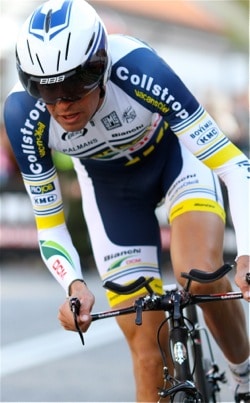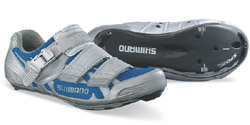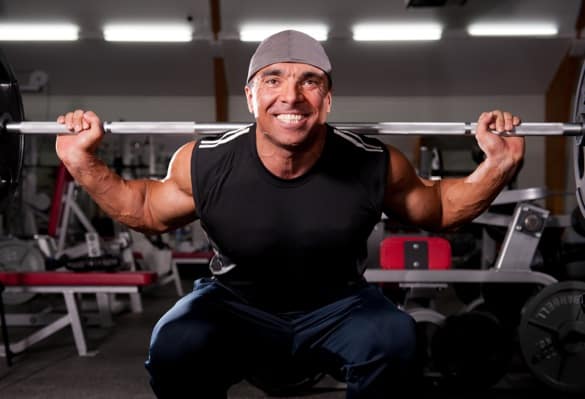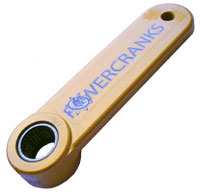How To Perform A Watt Max Test
Watt max testing is a fast and accurate way to evaluate your training. I normally recommend serious riders to do a couple of these tests through the season.
Why you should do a watt max test
First of all, it is very motivating to follow progress in performance. When you word hard to achieve a better performance, it is very satisfying to see that you are not vesting your time. Even for small increments, the test is very sensitive.
Secondly, it is possible to use the test results to modify your training program. This could be done either through optimizing your power outputs in the intervals or maybe a test will show that you need a recovery week. The optimal situation is to evaluate the test results with your cycling coach.
Watt max test
1. 15 min warm up
2. 100W workload ”“ increase intensity with 10W every 30sec.
3. Keep cadence at min. 80rpm.
4. Ride until exhaustion
5. Notice the last completed power output. = P
6. Notice seconds spent at exhaustion power output = T
How to calculate the result from a watt max test
Watt max power = P + (T/30x10W)
Example: A rider gets exhausted after 15 seconds at 280W. Thus, his last completed power output is 270W. Calculation of Watt max power = 270W + (15/30 x 10W) = 275W
How To Perform A Watt Max Test Read More »




 It is very difficult to train the hamstrings and hip flexors on a regular bike. Basically we use most of our efforts to push the pedals down and never to pull the pedals up. Power Crank offers a different way to train for a better upstroke pedalling power. The pedal arms on the crank work independently of each other, which forces you to work much harder in the upstroke pedalling phase. Now you are forced to make an active upstroke to keep pedalling. That should make you stronger and more efficient. I can not recommend the Power Crank yet, because I have never tried it and neither have the riders I work with. But hopefully I will try it in the future.
It is very difficult to train the hamstrings and hip flexors on a regular bike. Basically we use most of our efforts to push the pedals down and never to pull the pedals up. Power Crank offers a different way to train for a better upstroke pedalling power. The pedal arms on the crank work independently of each other, which forces you to work much harder in the upstroke pedalling phase. Now you are forced to make an active upstroke to keep pedalling. That should make you stronger and more efficient. I can not recommend the Power Crank yet, because I have never tried it and neither have the riders I work with. But hopefully I will try it in the future.